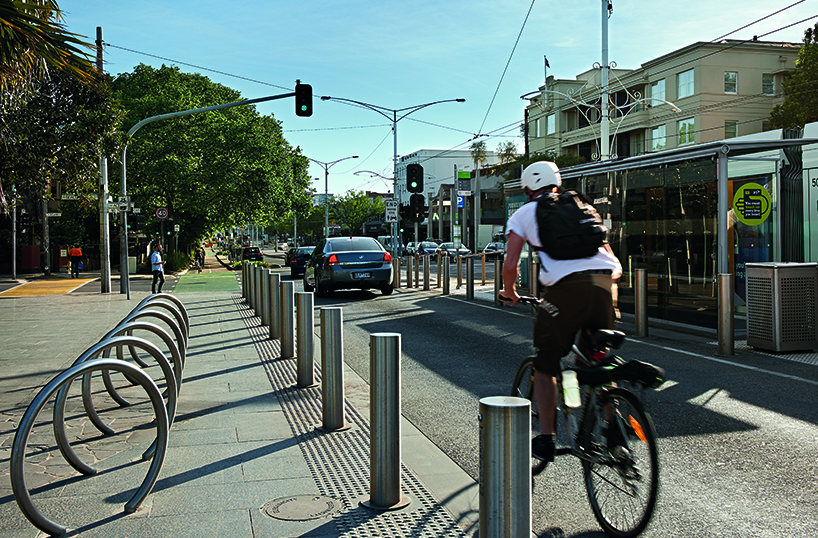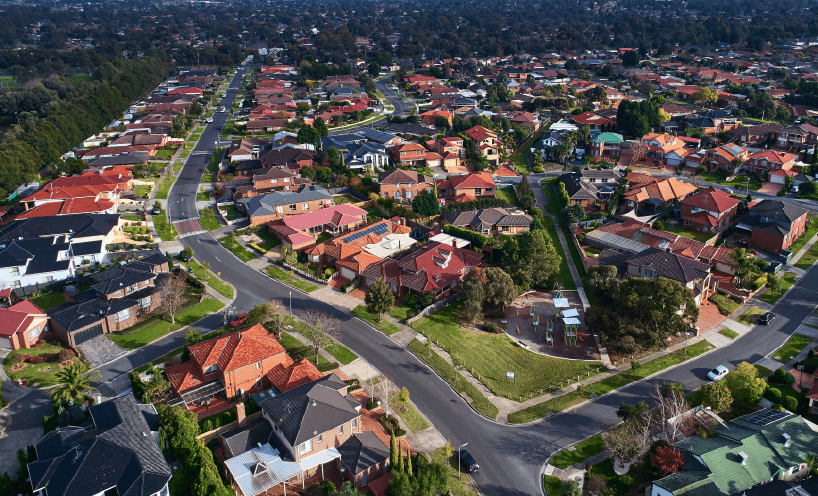Right now, thousands of Victorians spend their weekend at auctions and inspections. But still - too many are missing out.
The Victorian Government is introducing a range of policies to deliver more homes for Victorians.
Because more homes mean more opportunity.
More Homes More Opportunity information pack October 2024
(opens in a new window)
Updated








